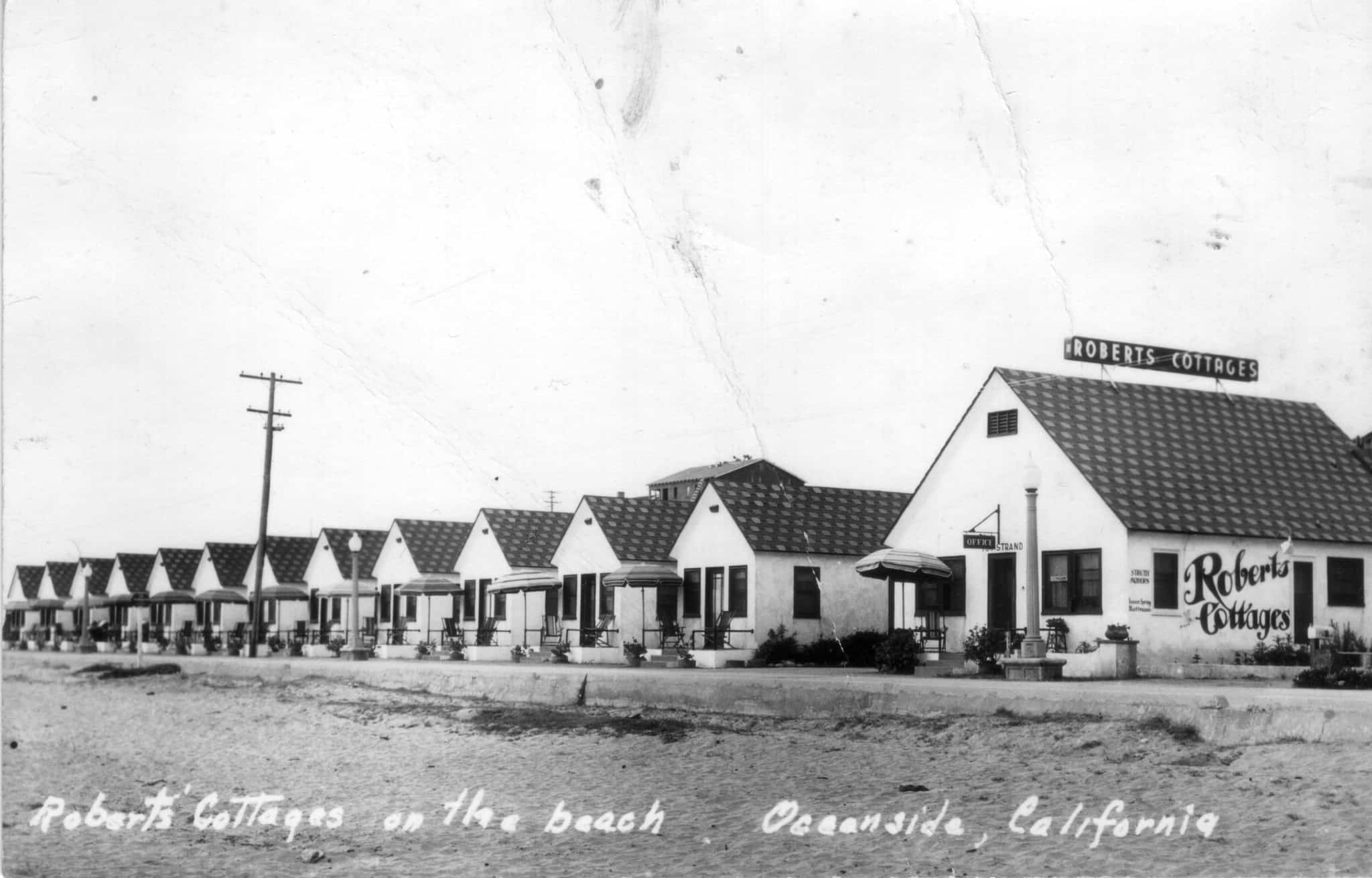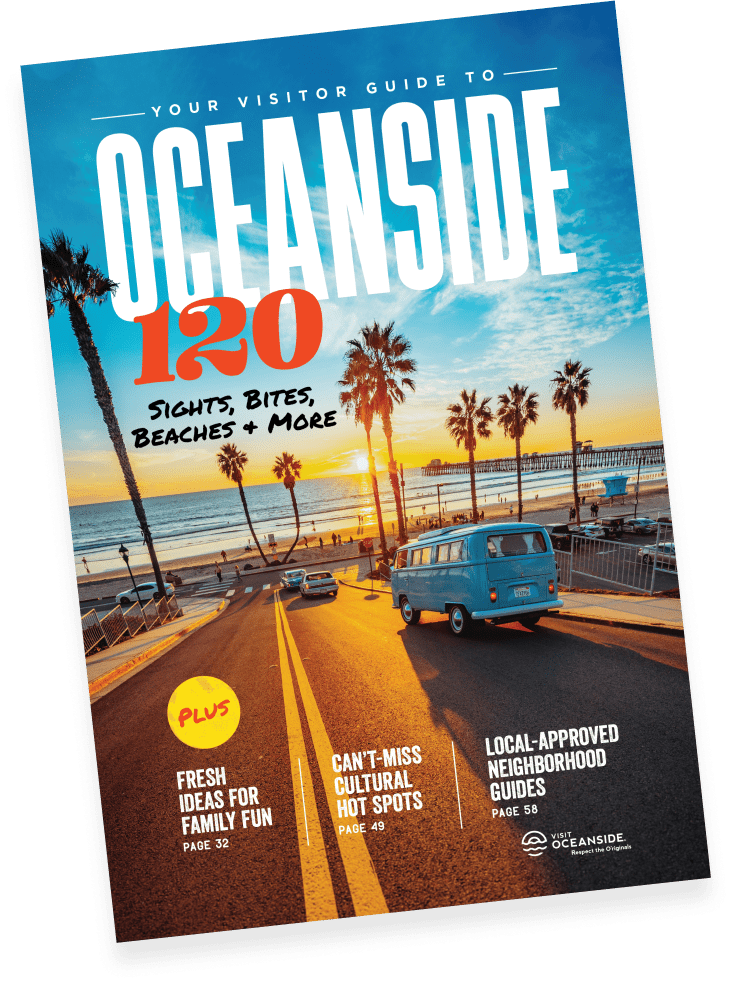

Historical Photos Courtesy Of: Oceanside Historical Society
The History of Roberts Cottages
Contributing Writer: Kristi Hawthorne
Shortly after the turn of the century, a large section of Oceanside’s Strand (once called Paseo Del Mar) was owned by the Oceanside Development Co., headed by C. J. Walker as President. This group of investors was from Long Beach and they held interest in Oceanside real estate, owning many lots throughout town, including several blocks of oceanfront land. The Strand Tract addition was recorded in 1904 and soon after the Oceanside Development Co. set about an advertising campaign throughout Southern California.
Trainloads of potential buyers and investors made their way to Oceanside. The December 17, 1904 Oceanside Blade reported: “About 600 excursionists from Los Angeles and Long Bench come down Wednesday on a train of seven coaches arriving about 11 o’clock am and leaving at 3 in the afternoon. The excursion was arranged by the Oceanside Development Co. to open the sale of their Strand tract on the beach, and many lots were sold there, though there were also sales in other portions of town. In the Strand Tract thirty-three lots were sold, including all of blocks 1 and 9, and lots in and lots in 4, 5, and 6.“
The 700 block of North Strand remained unimproved (or vacant) and in the possession of Charles J. Walker until 1924 when it was purchased by A. J. Clark.
Alfred J. Clark arrived in Oceanside in 1924 from Idaho, and subsequently purchased the Oceanside Bath House just north of the Oceanside Pier. Clark was also the manager of the “Fun Zone” a concession area near the Pier, as well as the manager of Oceanside’s newest and grandest theater, The Palomar, which was located on the 300 block of North Hill (Coast Highway).
In January 1928 it was reported that Clark had received a permit to build beach cottages on his property on The Strand at a cost of $25,000 by the Whiting-Mead Company. A row of twelve small cottages were built which the fronted The Strand and eleven identical cottages were built behind them, staggered and situated to afford ocean views. A larger cottage was built on the south end of the property and was used as both a dwelling and office. A structure to house automobiles was perpendicular to the office, and another similar structure was located on the north end of the property (but no longer exists). The name of these new cottages were “Clark’s Cottage DeLuxe” (or a variation of such) and were available for vacationers by the summer of 1928. Rental fees were as little as $3.00 a day.
Auto camps were established before modern motels. Municipal camp sites operated by cities, chambers of commerce or individuals allowed travelers a place to park their car, perhaps set up a campsite, for a small fee, and were offered basic amenities such as outhouses and running water. With a growing population on the move, a demand for better services made way for more traveler-friendly sites.
Leland Bibb and Kathy Flanigan wrote in the Role of Transportation in the Growth of the City of Oceanside (1997): “Camping [became] a popular recreational experience for many motorists in the 1920s. The Oceanside Chamber of Commerce, desirous of capitalizing on this activity, proposed the establishment of a municipal camp ground on its property located on Ditmar, Nevada, Third and Fourth in September 1920. By May 1921, with the City in possession of the block, work began on improvements necessary for vacationers. Water was piped into the area, and a fence and hedge surrounded it. A building, constructed in the center of the lot, provided toilets, lavatories and shower baths for men and women. The remainder of the land was divided into camping spaces with simple brick and concrete stoves placed along the tier of spaces on the west side of the block. Electric light was furnished. An existing house on the property underwent renovation for a caretaker. A small charge was to be collected for use of the park and its conveniences by autoists, basically to keep indigents away.”




Oceanside had several auto courts in the 1920s and 1930s. At least three survive today, one on South Coast Highway and another on South Cleveland Street. Roberts Cottages is the only surviving beachfront auto court. Cottage City (which was also located on the Strand) was first established as “Tent City” in about 1919 and offered few amenities to campers. In response to the demands of the traveling public and long term vacationers, in 1925 Cottage City underwent extensive renovations and improvements. Ten two-room cottages were added, which featured kitchenettes, along with garages for automobiles. Cottage City was torn down prior to 1972.
Clark sold the cottages to A. S. and Pearlie Gholson in June of 1929, but before year’s end they had sold it Doren Perrine of Encinitas. Perrine and his wife Ella occupied the larger cottage while managing the cottage rentals. However, the Perrrine’s may have defaulted on the mortgage as Oceanside Lot Books still record Clark as the owner in 1930.
Later that year William Wallace Roblee of Riverside purchased the property and the name was modified to the “DeLuxe Cottages”. Roblee’s son Hewitt and his wife managed the property during the summer months. The June 29, 1934 Blade reported: “Mrs. M H. Roblee has arrived from Riverside to take over the DeLuxe Cottages on the north Strand.”
One Los Angeles newspaper described the beach cottages in 1934: “The Bungalows DeLux (successors to Clark’s Cottages) at Oceanside are as modern as your home. The bungalows of English style stucco are furnished most complete. Every bungalow has a picturesque ocean view from the Paseo Del Mar Drive” (The Strand).




In 1937 Marion and Margie Arbogast purchased the cottage property and it was during their brief ownership that the cottages were named “Surf Motor Court.” Unfortunately, the Arbogast’s defaulted on their loan and lost the property.
The Mutual Building and Loan Association of Long Beach sold the beach cottages to Harry and Virginia Roberts in January 1941. The Oceanside Blade Tribune announced on June 11, 1941 that the cottages were being remodeled and renamed:
An improvement along North Strand that is attracting attention is renovation of Roberts Cottages. Mr. and Mrs. Harry Roberts, for five years associated with Cottage City, purchased what were known as the Surf Motor Cottages in January, and have been remodeling ever since. This week the exterior of the 23 cottages are being painted. Woodwork is being painted a bright red and black trim to set of new concrete porches with a black railing.
Brilliantly colored beach umbrellas and bright colored beach chairs will be in front of each cottage. To complete the colorful effect red geraniums have been planted in containers in front of each cottage.
The interior of each cottage has been refinished. Walls have been plastered and all woodwork is in an antique finish. New showers, new furniture, new mattresses, new cooking utensils have been installed to make the cottage a cozy home that will appeal to the vacationer.
Mr. and Mrs. Roberts are enthusiastic over the future of Oceanside, and are pleased to contribute their beautification of North Strand to the progress being made in the community as a whole.




Harry Roberts was a native of Columbus, Mississippi and Virginia hailed from Texas. The two were living in Denver, Colorado before coming to Oceanside. They first purchased and managed Cottage City, a row of beach cottages on the south corner of the Strand and Sixth Street (Surfrider Way).
As their predecessors, the Roberts owned the cottages a relatively short period of time, but their name has been attached to the property to this day.
The cottages were sold to Reginald Willhoyt Hampton and his wife Mary in 1944. Hampton was a native of San Luis Obispo and a contractor by trade. The Hamptons owned the subject property just two years when t was sold to Ervin [misspelled as Irving] and Vera Willems.
In 1952 the cottages were sold to William B. Settle III, and his wife Gladys. Settle served on the Oceanside Planning Commission for nearly two years, and also owned the El Sereno Apartments at 835 South Pacific Street. The Settles relocated to Bakersfield in 1954 after selling the beach cottages to Harvey Olen and Ruth (Settle) Forquer the prior year.
The Forquers lived on the property while Harvey worked as a detention officer for the department of U. S. Immigration. Ruth Forquer was a sister of William B. Settle, the prior owner. The Forquers entered into a partnership with George and Zelda Henry, of Hollywood, to own and manage Roberts Cottages.




After an unsuccessful attempt to sell the cottage property, in 1956 it was suggested to break up the property and sell the cottages individually to separate owners. It has been proposed that this may have been “the first time someone had used the ‘own-your-own’ condo concept in California.”
Oceanside Realtor Tom Harrington had the listing to sell the cottages, with Wilma Stakich working as his sales agent. Harrington ran an ad in the local paper that there were “only 20 left”. The advertisement which first ran June 29, 1956, read: “Own Your Own Beach Cottage only $5,250 total. Completely furnished. Only $1,150 down. Tom Harrington Realtors, 1213 So. Hill St.” (now Coast Highway).
Just one month later Harrington announced that there were just 12 units remaining and by September 1956, just two cottages were left unsold. It was advertised that each cottage could be rented for $60 and that owners could “gross from $l40 to $175 per month in summer.”
Dean R. Hansberry and Jean B. Hansberry acquired Unit 24 in October of 1956. Dean Hansberry was a Captain the United States Marine Corps stationed at Marine Corps Base Camp Pendleton. Jean Hansberry was a real estate agent. However, in 1958 it was discovered that Captain Hansberry, a disbursing officer had embezzled $63,000 “between December 1955 and June 24, 1957.” During the criminal investigation and trial, the couple had spent nearly $30,000 over their income in a two year period. It was also discovered that Hansberry had used $2,000 of the absconded monies as a “down payment on the 704 Strand Street property.” He was convicted and sentenced to six years in Federal prison.




In 1961 Wilma Stakich and her sister Grace Baker shared an interest in Unit 24 and managed the cottages for some of the owners many years, up through the 1980s.
Today many of the cottages are still owned individually and several rented out for vacation rentals. In recent years owners took to painting the cottages in different colors rather than the traditional pink they have been known for many decades. However, today the cottages are once again their customary color, while some trims vary slightly.
San Diego’s Save Our Heritage Organization (SOHO) has Roberts Cottages on their list of “Most Endangered List of Historic Resources.” They describe the 24 units as “a rare and finite collection of historic buildings” and “are the best surviving examples of auto-court beach cottages.”
SOHO goes on to note: “When leisure travel by auto became all the rage, convenient lodging along the way became necessary. The first generation of these auto-courts, built in the late 1920s, 30s and 40s, were known as cottage courts or traveler’s courts. Roberts Cottages is one of the first. These unique beach buildings represent an important part of Oceanside’s early tourism industry.”
Today Roberts Cottages are part of Oceanside’s wonderful beach landscape, an iconic feature that captures the attention and imagination of residents and visitors alike.
About the Writer
Kristi Hawthorne has been a resident of Oceanside since 1983, began volunteering for the Oceanside Historical Society in 1987 and has served on the board of the Oceanside Historical Society for over 30 years and as president since 2002. She conducts Downtown History Walks for the public each year and presents regular historical programs at the Oceanside Public Library. She is known as the “historian” of Oceanside, writing a history book entitled “Oceanside, Where Life is Worth Living.” Kristi has been an avid supporter of Oceanside, proud to live and work in the City which she loves and has raised a family with her husband. Her blog, Histories and Mysteries, provides readers an in-depth look at people, places and events in our City’s history.
Check out Kristi Hawthorne’s “Histories and Mysteries” blog


















